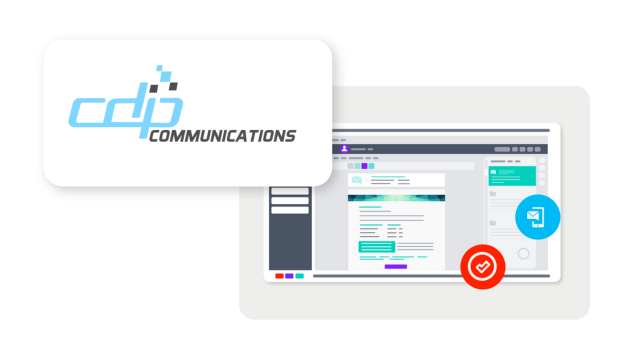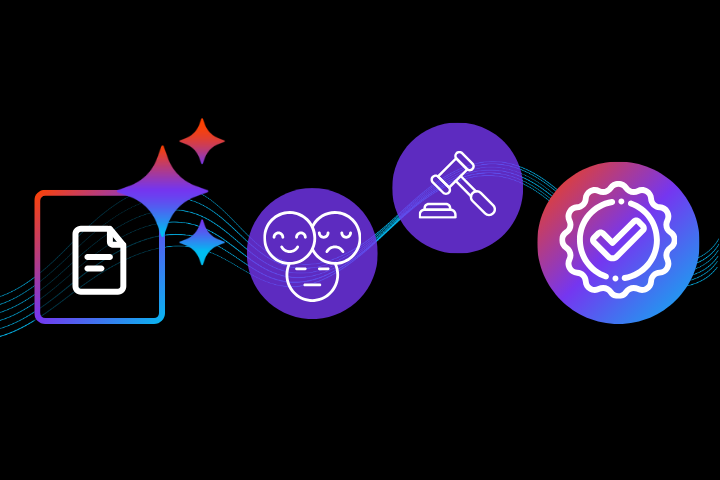
If you have worked in a finance role of any capacity, you know how much time and effort can be spent on processing vendor payments.
And, unfortunately, poor accounts payable performance issues aren’t always the easiest to identify, especially if a company has an established AP process in place.
Here are 6 of the most common accounts payable challenges that can negatively affect your company’s productivity, precision, bank account and vendor relationships – and a solution for how to eliminate them.
1. Keeping track of invoices is no easy feat
Many accounts payable departments are still manually managing their workflows and processes, which makes it very easy for an invoice or two to slip through the cracks.
Even in 2019, invoices come through the mail, email, are dropped off on someone’s desk, and yes, sometimes even faxed! (Are you seeing any red flags yet?)
Once you have an invoice, you’ll need to physically take it to someone in the office for processing or send it via email to another signer. This takes time and careful concentration to not miss any invoices.
2. Invoice mistakes happen
Whether it’s a manual key-in error, incorrectly coded line item, or broken Excel spreadsheet formula, data entry errors are one of the most common problems faced during the accounts payable process.
Secondly, late payments are an AP employee’s worst nightmare. Incurred late fees and interest charges from an overdue invoice can take a toll on your bank account.
Mistakes and late payments can tarnish your vendor relationships very quickly. Would you want to do business with a company that paid your invoice late or incorrectly? Probably not.
3. Manual processing takes time
Research1 has shown that less than 15 percent of organisations process an invoice in less than three days.
Scanning paper, manually entering information to a spreadsheet, dealing with paper cheques and more is not only mentally and physically taxing, but time consuming too.
On top of that, dealing with the paper pile-up (filing, categorising and storing documents) can be stressful and take up a large amount of precious shelf or office space.
4. Extra hands are needed to keep up with growing business demands (and opportunities!)
According to a recent McKinsey report, the future of work is automated. As machines continue to replace tedious manual processes there will be a growing demand for more advanced technical skills, as well as social and emotional skills (creativity, critical thinking and complex information processing) in the workplace.
If you were able to alleviate some of the hefty demands of hands-on invoice processing, think of the new opportunities that you’d be able to provide to your highly motivated finance employees as your business grows!
5. Manual invoice processing is costly
Did you know that the average cost of processing an invoice is close to $15?
And, depending on the size of your company and complexity of the process, this cost can creep into the $30-$40 range. When you think about how many hundreds or thousands of invoices your business processes each year, that number can add up quickly.
Time is also taken responding to inquiries about payments from vendors, clients and staff, and rectifying any mistakes that have occurred along the way. And as the saying goes in the business world, time is money.
6. Making strategic decisions is harder without real-time information
One of the key aspects of managing your accounts payable activities is knowing that your accounting reports are up-to-date and that any financial records provide visibility on current accounts payable balances.
Without this real-time or up-to-date data, businesses (and their decision makers) can’t see how their vendors are getting paid, or how often. This, in turn, can impact overall financial projections and strategic planning for future projects and ventures.
Ideally, you’ll want to have access to real-time reporting capabilities and automate the reconciling process as much as possible so that everything is up-to-date.
Accounts Payable Automation is the solution to your woes
Every single pain point we’ve covered today can be addressed with an AP automation solution.
By streamlining your accounts payable and transforming your invoice management from a high-touch to a low-touch process, you’ll:
- Reduce costs and optimise your working capital
- See a significant drop in invoice processing time and invoice approval management time
- Reduce manual entry errors
- Eliminate the need for paper clutter
- Have all your invoices in one seamless workflow
- Integrate AP automation with your existing accounts payable solution such as Netsuite, Xero, QuickBooks, or Sage.
In fact, companies that have implemented an accounts payable automation solution have seen savings upwards of 60-80%.
Sources
1 – Accounts Payable Survey: The Impact of Invoice Automation on Financial Performance
Share this article





